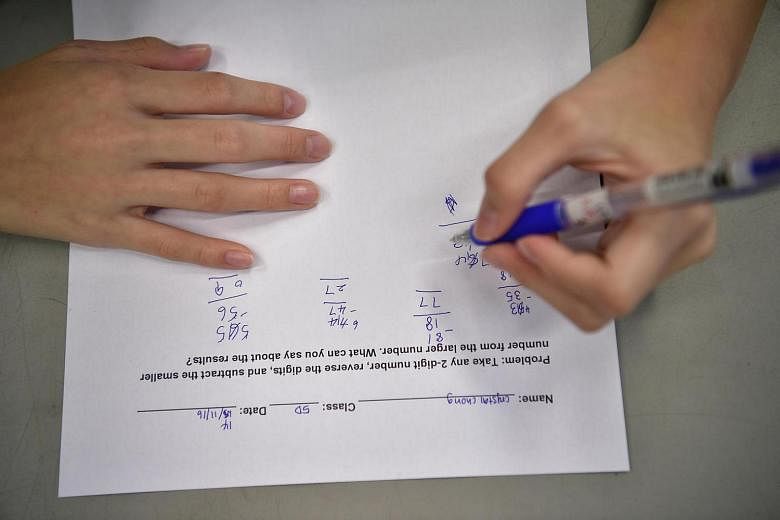ADVICE FOR STUDENTS
- Try to understand the problem first. What is the problem about? What do you know about the four test scores if you know the average of these scores? What does it mean to say that "the lowest score was 17 marks lower than his highest score"? What is meant by "the lowest score was no less than 75"? What are you supposed to find?
- Work out a plan to solve the problem. Are there relationships among the pieces of information in the problem? This is a multiple choice question. Could you make use of these options to solve the problem?
- Try to make sense of the answer. Is there a way to check it? What have you learnt from solving this problem that might help you to solve multiple choice questions in future?
ADVICE FOR PARENTS

- Parents should take on the role of a partner along the problem-solving journey. Encourage your child to persevere and to re-examine the problem to look for more information if he is flagging. •Help the child make better sense of the problem by asking him to describe the problem to you in his own words. Engage the child in a question-and-answer revision in a friendly manner.
- Advise the child to represent the problem situation pictorially so that he can better "see" the relationships that might exist among the pieces of information in the problem.
- Encourage the child to reflect on the problem-solving journey and think about lessons learnt that would equip him with better skills to solve mathematics problems in future.
- As this is a multiple choice question and there are an unusual number of unknowns in the problem, you might want to encourage the child to consider plugging in the answers given in each option to check whether they hold true.

- Since there are four options, the child may not need to check all four options individually as the correct answer may be obtained through elimination. The answer to Question 3 can be found online at https://www.straitstimes.com/ tags/fun-with-mathematics It will also be published in the Education pages of The Straits Times next Monday.
Brought to you by


